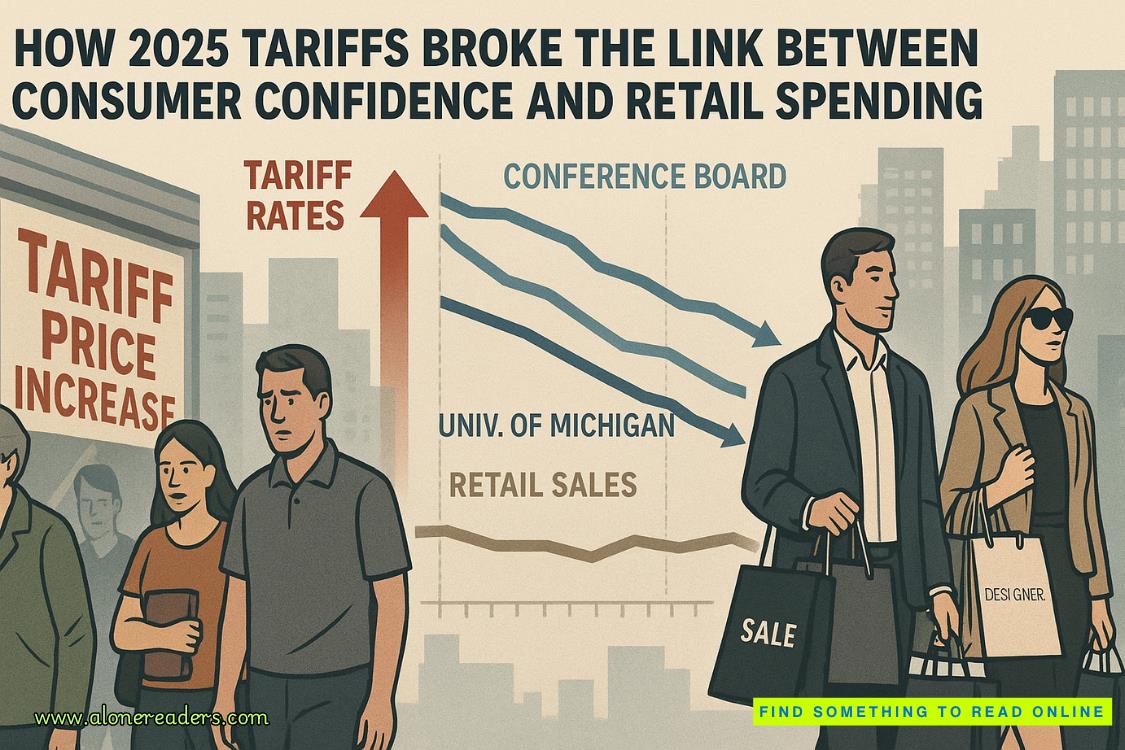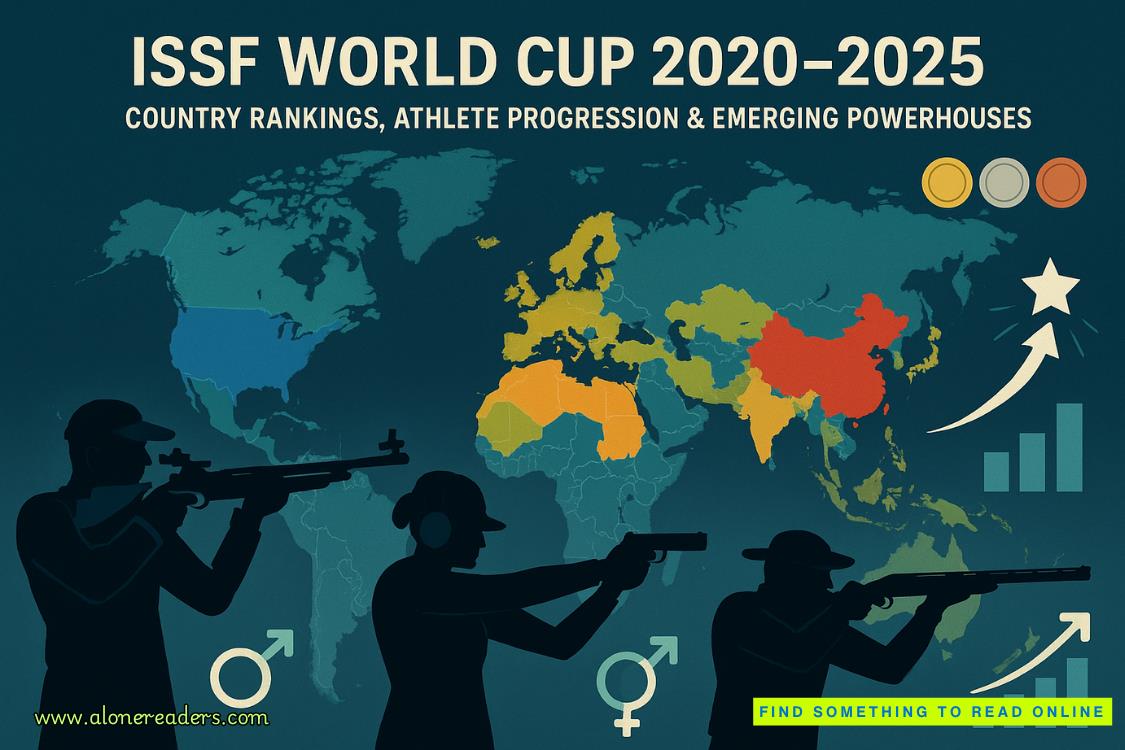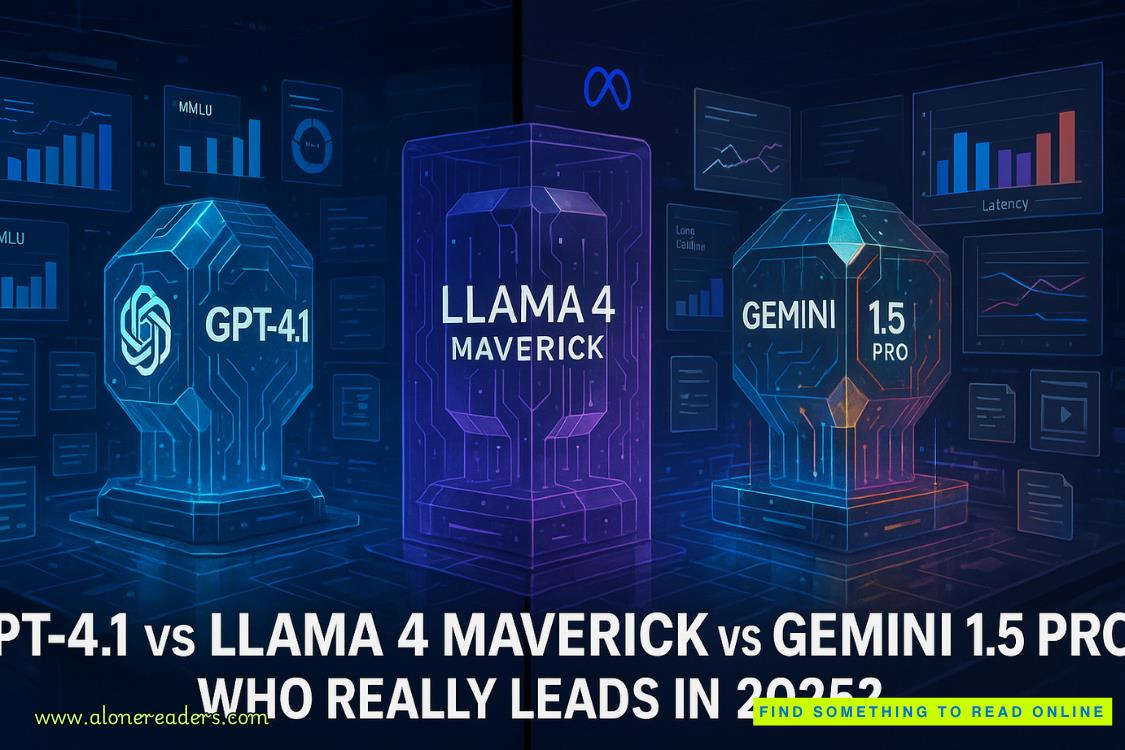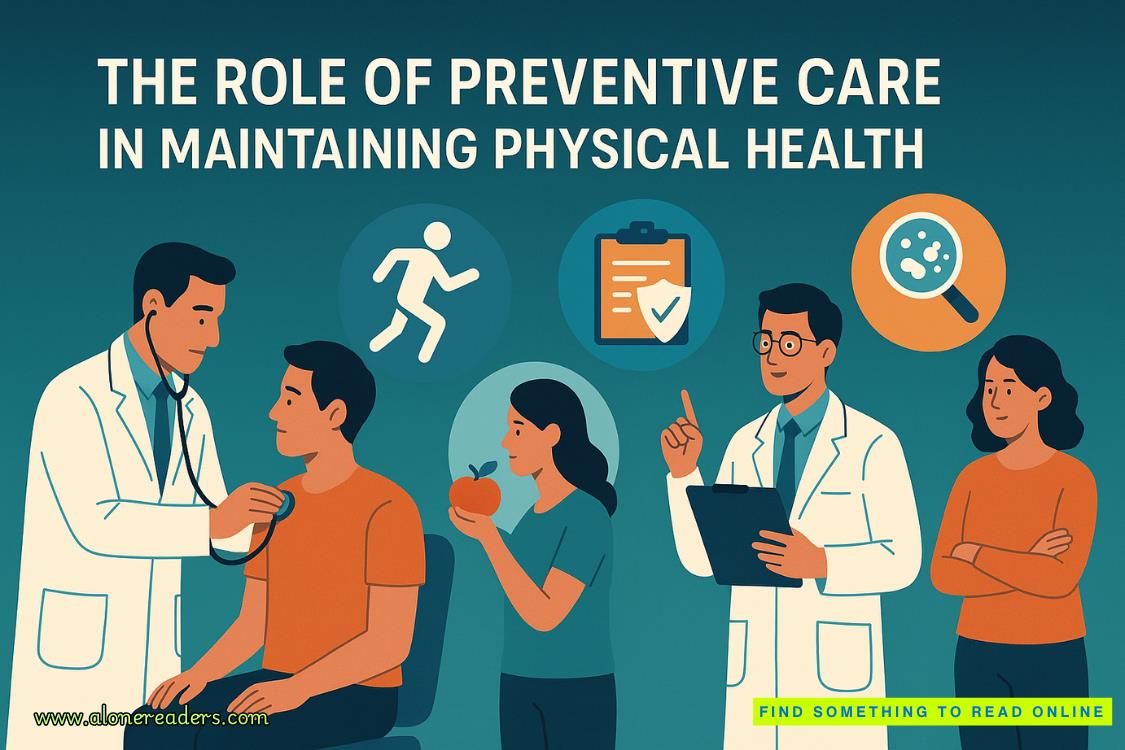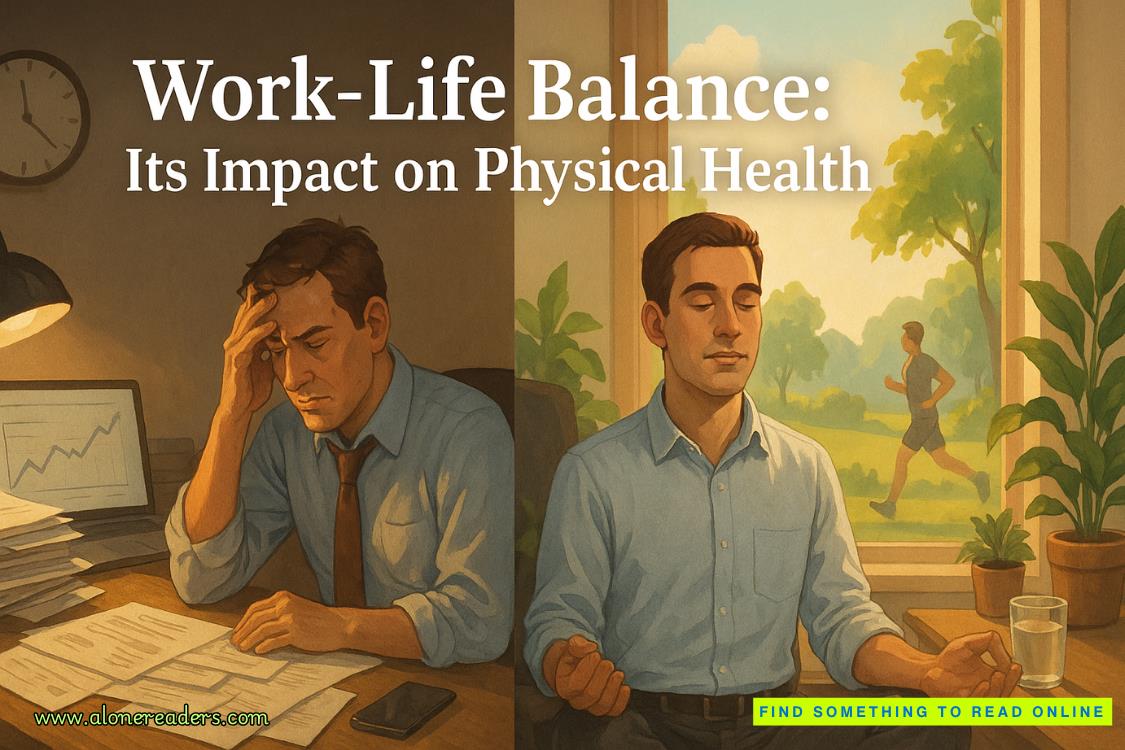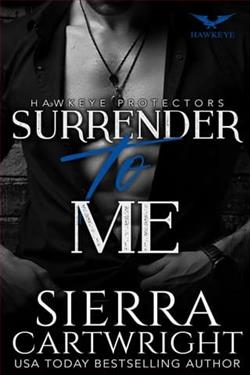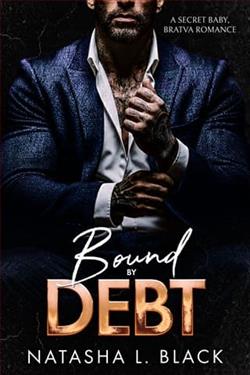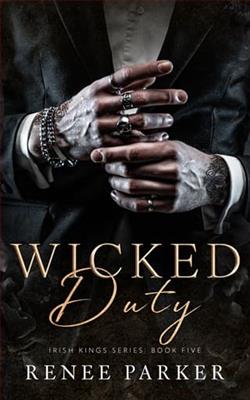Page 18 of To Have and to Hold
An electronic bleating rang through my small office and I searched through the detritus on my desk, including my scattered notes from last night, until Noelle’s full lips on video chat pouted up at me.
“Hey,” I said when she appeared.
“Spence? Oh my God.” Noelle was breathless. Suddenly my current obligations and lack of care towards them came to the forefront. “Where’ve you been? You raced out of here last night and have you checked your phone lately? Because you’ll have about fifteen missed calls. Your one-sentence texts sent every two hours haven’t been enough.”
“I’m sorry, Noe. I’ve been caught up and forgot my phone was on silent.”
She sighed. “Look, I know this is bad. Horrible. And I’m not calling to nag you. I was worried, okay?”
I massaged my brows with my thumb and index finger. “I should’ve kept you more updated. I was with Knox for most of the night and by the time he wrapped it up at the scene, I had to be at the office to prep for…” I tossed Torro’s files to the side. “I don’t fuckin’ know anymore.”
“The girl hasn’t been found? Your friend.”
“A few clues, but not much else.” I didn’t elaborate on Noelle’s use of ‘friend.’ When I’d received the phone call from Knox, I’d garbled something to Noelle about an old friend being in danger and maybe being missing, tossed on my sweats, and swung out of there. Looking back, I probably should’ve sat Noelle down for a more in-depth confession, but after the words “Emme’s gone missing,” left Knox’s mouth, I don’t remember much else but a fundamental, alarm-clanging buzz in my ears. “She’s still out there somewhere.”
“I was half hoping she’d wandered away from her friends at a bar and would be found sleeping in a public bathroom stall,” Noelle said.
“Honey, it is so much worse than that.”
“I know,” Noelle said. “I was only trying—I just hoped it wasn’t as bad as it seemed.”
My conscience told me to give her a break. “Knox is positive that what’s been uncovered so far could lead to something.”
“And you?”
“I’m…” Sick. Thinking the worst. “Being more practical. There was trace evidence at the scene, but I’m doubtful it will lead to identifying the perp. This all seemed very well-timed. Planned.”
“You save lives every day by using your brains and putting criminals on their asses. I have no doubt you’ll figure out what happened to her.”
I closed my eyes against her sweet naiveté. If only I were the Batman she was so sure of. I could have Emme home within a movie’s time-slot. “It’s only the beginning. I have no idea what’s on the other side of this.” Or if Emme will still be alive.
“Maybe you should come home. Rest. You don’t sound like you’ll be any good to anyone if you don’t.”
Halfway through her sentence, I was shaking my head. “I can’t afford to. My sitting at this desk isn’t even solving anything.” I stood and fumbled around behind me for my blazer. I’d changed into my spare suit I left at the office for all-nighters, believing I’d make it to court today to argue for someone else. Because Delilah Marks mattered. Getting Max Torro off a kingpin’s payroll was a top priority. But Emme could be dying somewhere while I was pushing papers through the slow slog of the law, and while I wasn’t officially looking for her, I couldn’t wait around as a background prop to see what the detectives found, either.
“Spence? What’s happening? Are you okay?”
“I gotta go,” I said. “But I’ll call you later. Promise.”
I mashed the tip of my shoe into the desk’s corner legs, stumbled a little, but righted myself enough to grab what I needed—keys, money clip, phone, briefcase—before I whipped my door open and strode into the bullpen of my office. Ringing phones and clashing voices bounced against my ears as I strode past, digging my fingers into my hair and mentally leapfrogging out of this place.
I’d call Knox once outside, bounce the basics off him. I’d find somewhere—coffee shop, bar—and run through all the facts and evidence again, because solving didn’t work for me unless it was written down, arrows drawn, the innocuous crossed out, and I was left with one harsh pen-circle of truth.
The elevator dinged, I stepped in, and almost crushed my boss’s foot.
“Don’t you have to be in court about now?” he asked.
I backed up until we were out of the elevator and in the hallway with District Attorney Dex Abrams riding my toes. ADAs my age weren’t typically on a first-name basis with the DA, but during my first major case, Abrams had looked down from his office many floors up and noticed me running around.
A case that started off as a snot-rich kid with a handful of crack had turned into the takedown of a respected top criminal defense firm. I’d sniffed out the case merely out of confusion—why was an upper-crust kid slumming it with a poor man’s drug? Upper East Side privilege didn’t fuck with meth or crack; they preferred cocaine, Molly, roofies, Xanax and champagne. There was no reason he’d be dabbling in such low-grade stuff, until I remembered the legalization of marijuana.
I had no judgment on states decriminalizing pot (New York had yet to, but it was only a violation, not a crime, to possess it, unless you possess it in public—misdemeanor—or lots of it, which would be a felony) but the butterfly effect it caused had been largely ignored by society. Due to the plummeting value of the drug, cartels ploughed their weed fields and decided to plant poppies instead. Black market drugs like heroin and cocaine suddenly became a lot more available and the United States was practically buried in them, especially with the rising crisis of opiate addictions. The result was, if you preferred cheap-cut crystals with harsh additives like Fentanyl and other chemical assistants, your middle-class neighbor’s teenage kid probably had some to sell.
While all recovered drugs were sent to the police lab automatically by the arresting police officer (us ADAs cannot prove beyond a reasonable doubt that someone possessed illegal substances if we don’t prove to a degree of scientific certainty that it is indeed a controlled substance), I was extremely interested in what this crack would also include, because it there was no way it was pure.
When the analysis report came back as positive for crack-plus, I was suddenly onto something. The “plus” part came when crack and cocaine was laced with anything humanly contrived and tagged as medicinal. These were pale rose-colored crystals mixed with MDMA, the kind of enhancer that would give its host the highest highs and terminal lows. The ingredients were new to New York, but had last been seen in the streets of Miami and L.A. with the street name of Candy Apple. Through a lot of late night coffee binges, I traced this kid’s drug back to a vicious Mexican cartel, and the NYC origins of the drug itself back to a Williamsburg warehouse. A warehouse rented by a corporation with a few shell companies. And due to one tiny paperwork typo by an exhausted paralegal, it led right back to his father.
This dad was a well-respected defense attorney in Manhattan, and so were the five other high-priced lawyers in his firm involved in money laundering, creating false affidavits for cartel members, and leaking sensitive and crucial information on U.S. antidrug activities to the cartel in exchange for wads of cash.
